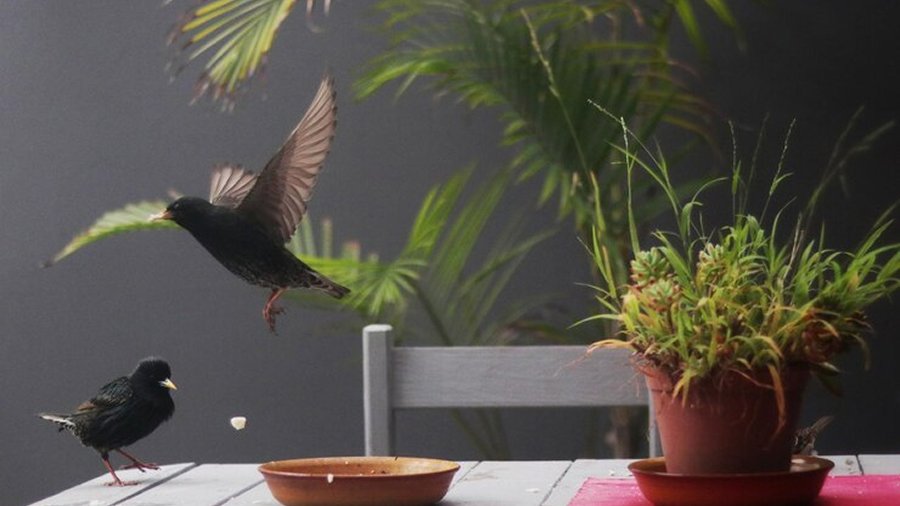“Can you share a specific plant or feature that significantly increased bird activity in your home sanctuary? How did you incorporate it, and what results did you see?”
The native elderberry
The native elderberry completely transformed my garden. The elderberry I planted along a sunny fence line attracted more birds within its first growing season. The berries attracted bluebirds and thrashers during late summer, while hummingbirds visited its small flowers during spring. I didn’t perform any complex tasks—I allowed the plant space to expand and nature to manage everything else. Birds immediately chose the plant as their preferred resting spot and feeding area. Every time I observe birds flocking to the plant I personally planted, I find myself continually fascinated. This straightforward yet stunning method revitalizes a yard while showing me every day how native plants provide subtle support to surrounding wildlife.
Tammy Sons, CEO, TN Nursery
The native serviceberry tree
One plant that truly boosted bird activity in my home sanctuary was the native serviceberry tree. I planted a small cluster near the back patio because it produces berries that attract a variety of birds, especially during late summer and fall when other food sources dwindle. To incorporate it, I chose a sunny spot with well-drained soil and added some mulch to retain moisture. Within weeks, I noticed an increase in songbirds like robins and cedar waxwings visiting regularly to feast on the berries. Over the season, the variety and number of birds noticeably grew, creating a lively, colorful environment. What I learned is that planting native species that provide both food and shelter is far more effective than ornamental plants. The serviceberry not only supported local wildlife but also added seasonal beauty to the garden—making it a win-win for birds and me.
Nikita Sherbina, Co-Founder & CEO, AIScreen
Native elderberry shrub (Sambucus)
Incorporating a native elderberry shrub (Sambucus) made a dramatic difference in bird activity in my home garden. I planted it near a quiet corner with access to water and partial shade. Its seasonal berries attracted a variety of songbirds, especially robins and waxwings, while its dense foliage provided shelter. I noticed an increase in bird visits within just a few weeks. Over time, it became a reliable feeding and nesting spot, especially during migration season. The key was choosing a native species so that birds recognized it as a natural food source and returned regularly.
Chris Brewer, Managing Director, Best Retreats


